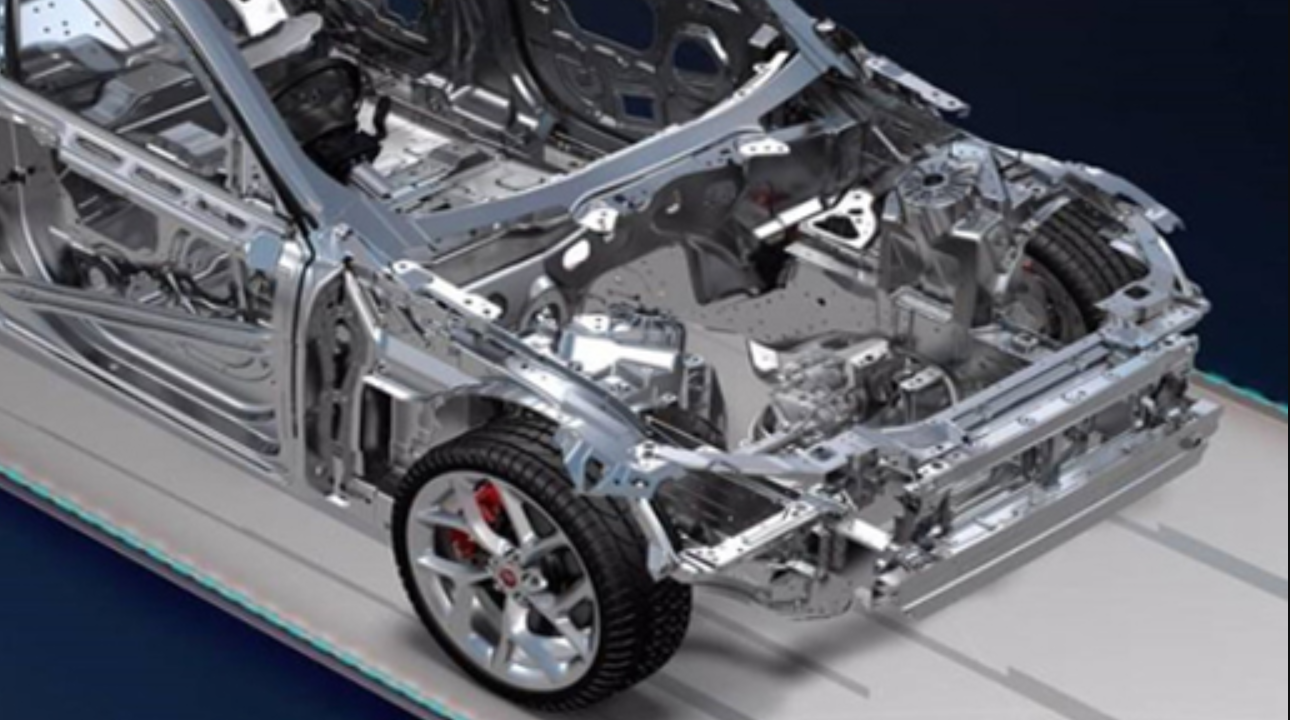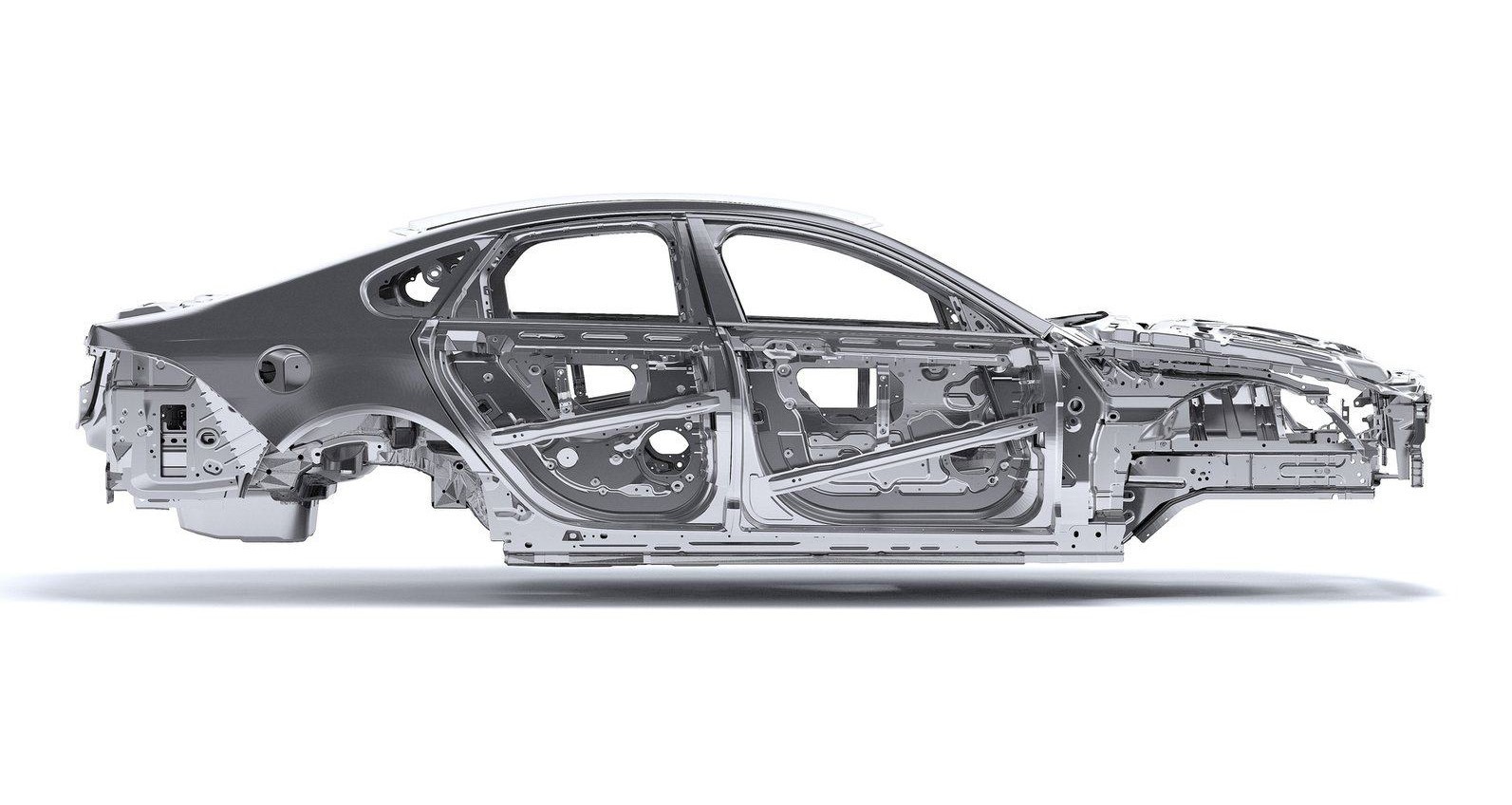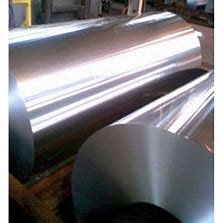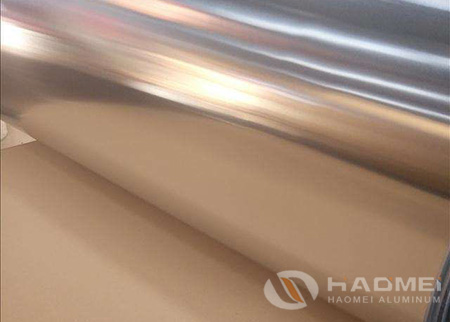



We have introduced the surface defects of aluminum plates, but in fact, aluminum strips for sale may also have surface defects during production. In fact, the flaws of both are almost identical. We will introduce you to the defects of aluminum strip today, so that you can choose better when you buy! So now let's take a look!
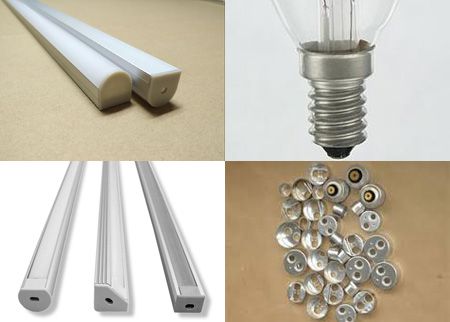
(1) Rip edge
Definition and characteristics: The edges of the plate and strip are cracked, and in severe cases, they are jagged.
The main causes: shear feeding skew, tensile stress on the side of the plate and aluminum strip; End face damage cannot be eliminated after cutting the edges.
(2) Burrs
Definition and characteristics: Plates and aluminum strips are sheared, and there are thin filaments of different sizes or pointed and thin metal spines on the edges.
The main cause: the shear blade is not sharp; Poor shear edge lubrication; The shear gap and overlap amount are not adjusted properly.
(3) Abrasions
Definition and characteristics: Scars caused by the distribution of bundles (or groups) on the surface of the plate and strip due to the presence of debris or aluminum powder in contact with the plate surface, the edges and surfaces between the materials, or the relative sliding or staggered movement after the surface and the surface of the surface.
The main cause: the plate, aluminum strips in the process of processing and production with the guide, equipment when the friction; Finishing acceptance or improper packaging operations resulting in slippage between plates; Inter-layer movement occurs when unwinding; Coiled pine rolls.
(4) Scratches
Definition and characteristics: Scars caused by sharp objects (such as plate corners, metal chips or sharp objects on equipment, etc.) that are in contact with the surface of the board and slide in a single strip.
The main cause: scratching the plate surface at the corner of the plate or aluminum strip during finishing; When packing, foreign objects scratch the surface of the board.
(5) Rub the abrasion
Definition and characteristics: scars caused by friction between adjacent plates during quenching. The abrasion is irregular, rounded, and destroys the natural oxide film and cladding.
The main cause: the bending and deformation of the quenched plate is too large; When quenching, there is too much charging and the spacing between the plates is small.
(6) Stickiness
Definition and characteristics: Puncture, flap or strip scars on the surface of the plate or aluminum strip caused by the adhesion between the plates or between the strip roll layers. Sticking wounds tend to be symmetrical and sometimes cyclical when the upper and lower plates (or rolls) are made.
The main cause: the annealing temperature is too high.
(7) Flower face
Definition and characteristics: The surface of the quenched plate is smudged with luster and uneven color.
The main cause: the concentration of acid and alkali for cleaning after quenching is too low; After quenching, cleaning with acid and alkali is not enough; Insufficient washing after quenching.
(8) Oil stain
Definition and characteristics: oily stains on the surface of plates and aluminum strips.
The main cause: shearing, straightening and other processes of equipment lubricating oil pollution plate strip.
(9) Corrosion
Definition and characteristics: The surface of the plate and strip for sale is in contact with the surrounding medium, and the local damage occurs on the surface of the plate or strip after a chemical or electrochemical reaction. The surface of corrosion plate and strip loses its metallic luster, and in severe cases, it produces off-white corrosion products on the surface.
* Thank you for your inquiry. Please provide your business needs information so that we can better serve you.
This information can help us assign the most suitable person to solve your problem. We will give you feedback within 1-2 working days.
Related Blog
